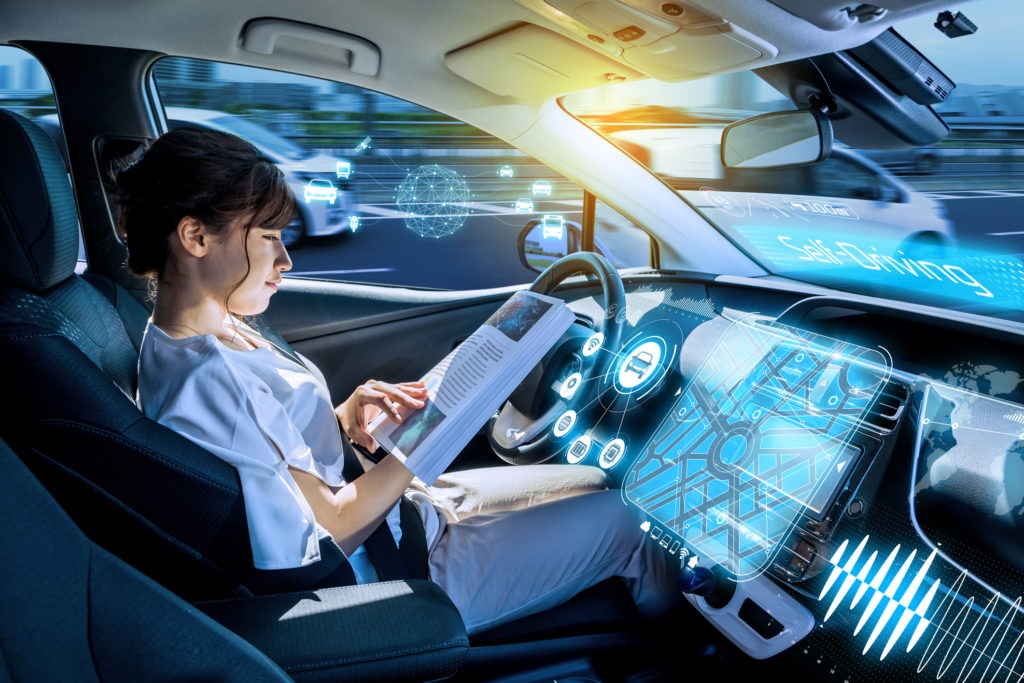
In today’s fast-paced world, technology continues to reshape various industries, and the automotive sector is no exception. The emergence of connected vehicle technology has revolutionized how we perceive transportation, turning traditional vehicles into smart, interconnected machines. This article delves into the realm of connected vehicle technology, exploring its definition, underlying mechanisms, and diverse use cases that are propelling the automotive industry into a new era of innovation and convenience.
Introduction
In an era where our lives are intertwined with technology, the concept of connected vehicle technology has gained substantial traction. This technology involves equipping vehicles with advanced sensors, internet connectivity, and communication protocols to enable seamless data exchange between vehicles, infrastructure, and external platforms.
Understanding Connected Vehicle Technology
What is Connected Vehicle Technology?
Connected vehicle technology refers to the integration of vehicles with internet-enabled devices and systems, allowing them to communicate with each other and the surrounding environment. This technology enables real-time data sharing, leading to enhanced vehicle performance, safety improvements, and a more comfortable driving experience.
How Does It Work?
Connected vehicles rely on a combination of hardware and software components. These include sensors, GPS systems, onboard computers, and wireless communication modules. These components work together to collect and transmit data to other vehicles, traffic management systems, and cloud-based platforms.
The Evolution of the Automotive Industry
From Conventional to Connected
The automotive industry has witnessed a significant shift from traditional, manually-operated vehicles to digitally connected machines. This evolution has paved the way for innovative features such as autonomous driving, predictive maintenance, and advanced driver assistance systems (ADAS).
Impact on Manufacturers and Consumers
Manufacturers are not only focusing on producing vehicles with cutting-edge technology but are also shifting their business models towards providing ongoing services and updates. Consumers now enjoy benefits like real-time traffic updates, remote diagnostics, and personalized entertainment options.
Key Use Cases of Connected Vehicle Technology
Enhanced Safety and Accident Prevention
Connected vehicle technology plays a pivotal role in reducing accidents and enhancing road safety. Vehicles can exchange information about their speed, direction, and location, enabling collision avoidance systems to react swiftly to potential dangers.

